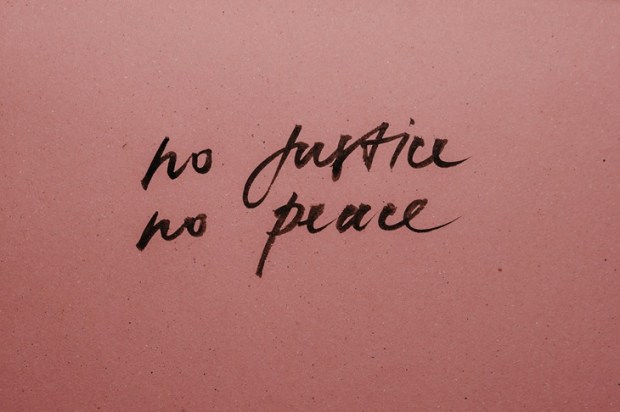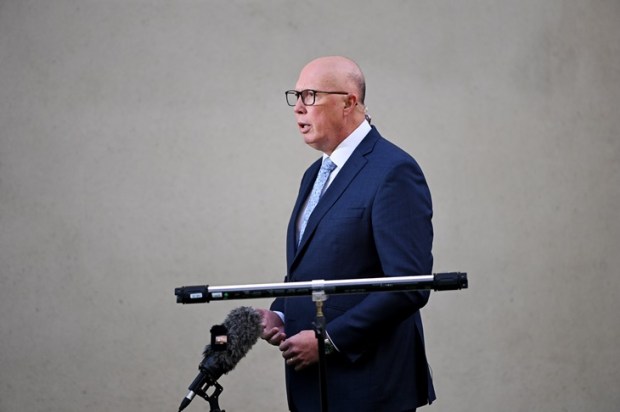The so-called gender pay gap has been on everybody’s lips of late. The launch of WGEA’s comprehensive database has revealed significant pay disparities between the sexes and sparked all kinds of feelings from those who have long jostled for change – relief that salary data is publicly available, outrage that women on average earn less than men, and determination to fight for progress.
The launch of the WGEA database has not, however, sparked much thinking from those jostlers.
Already a subscriber? Log in
Subscribe for just $2 a week
Try a month of The Spectator Australia absolutely free and without commitment. Not only that but – if you choose to continue – you’ll pay just $2 a week for your first year.
- Unlimited access to spectator.com.au and app
- The weekly edition on the Spectator Australia app
- Spectator podcasts and newsletters
- Full access to spectator.co.uk


























Comments
Don't miss out
Join the conversation with other Spectator Australia readers. Subscribe to leave a comment.
SUBSCRIBEAlready a subscriber? Log in